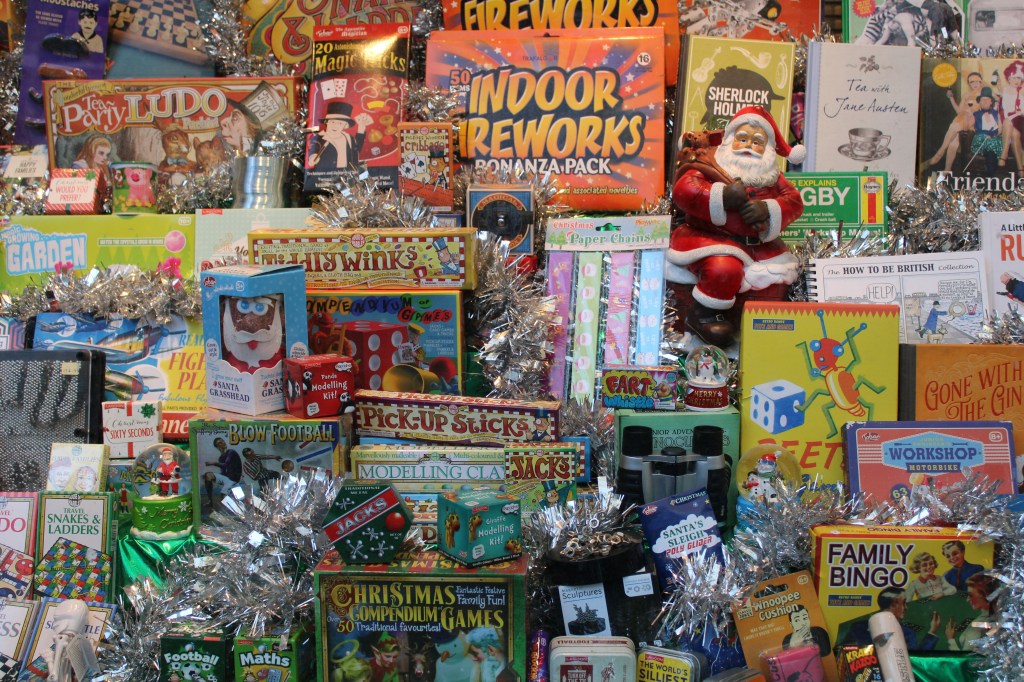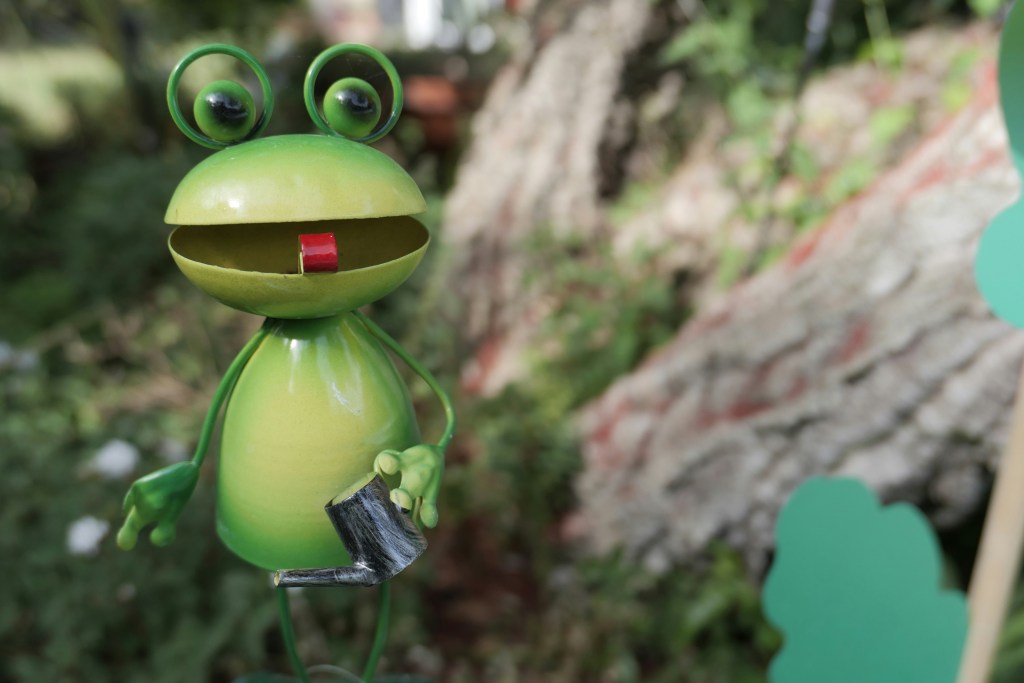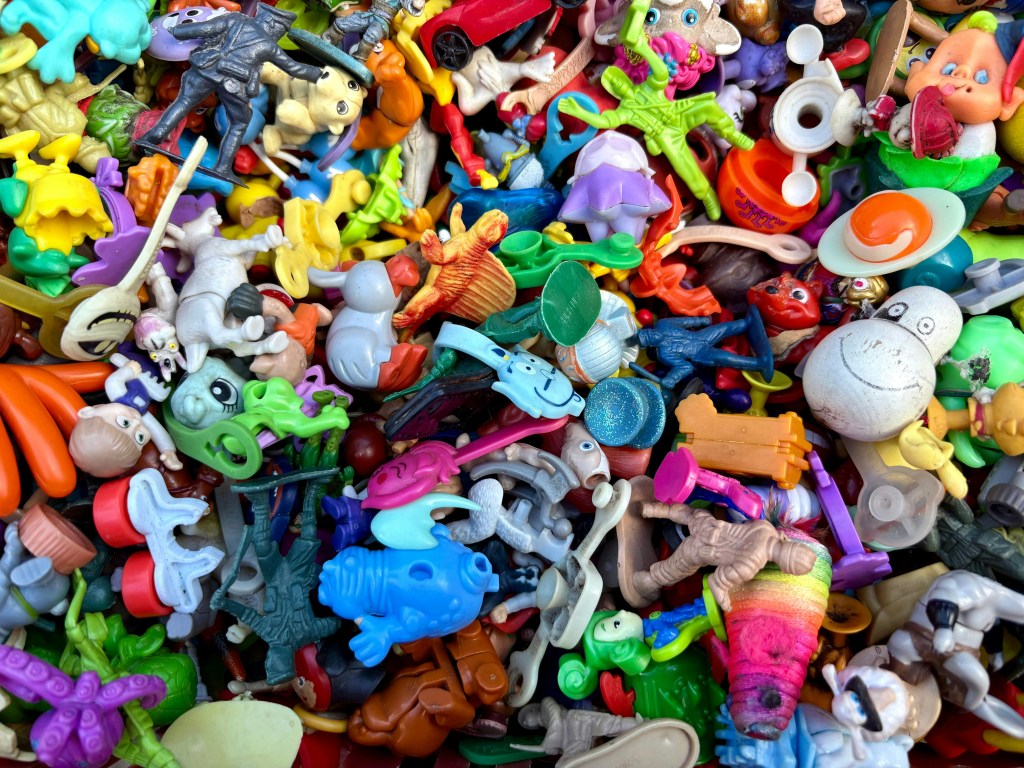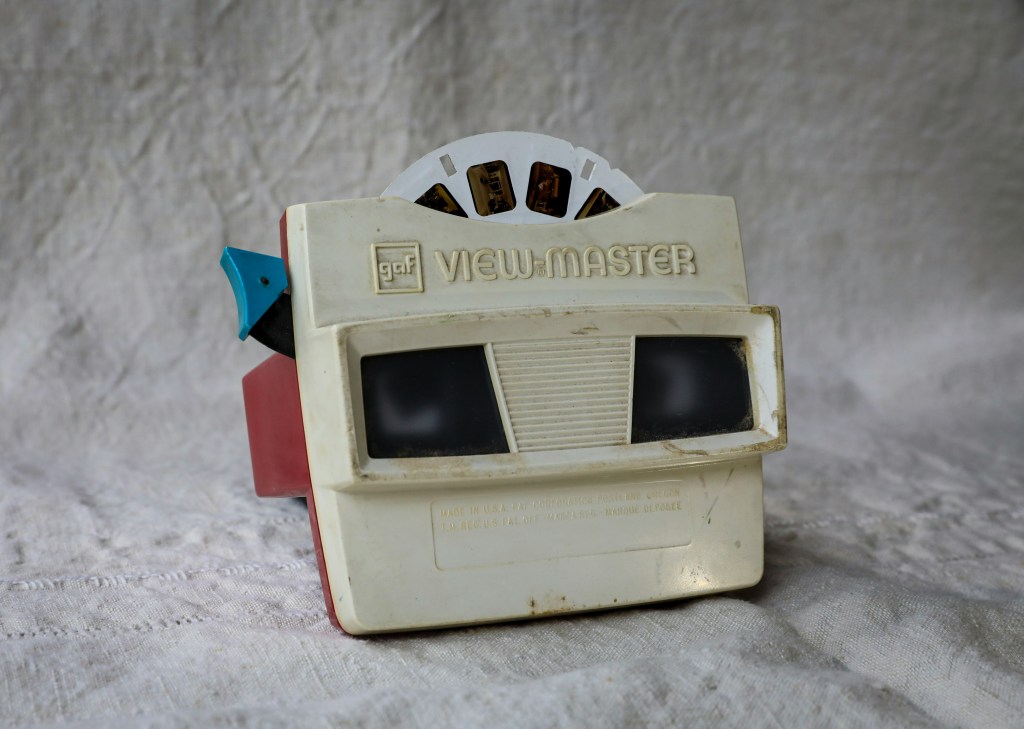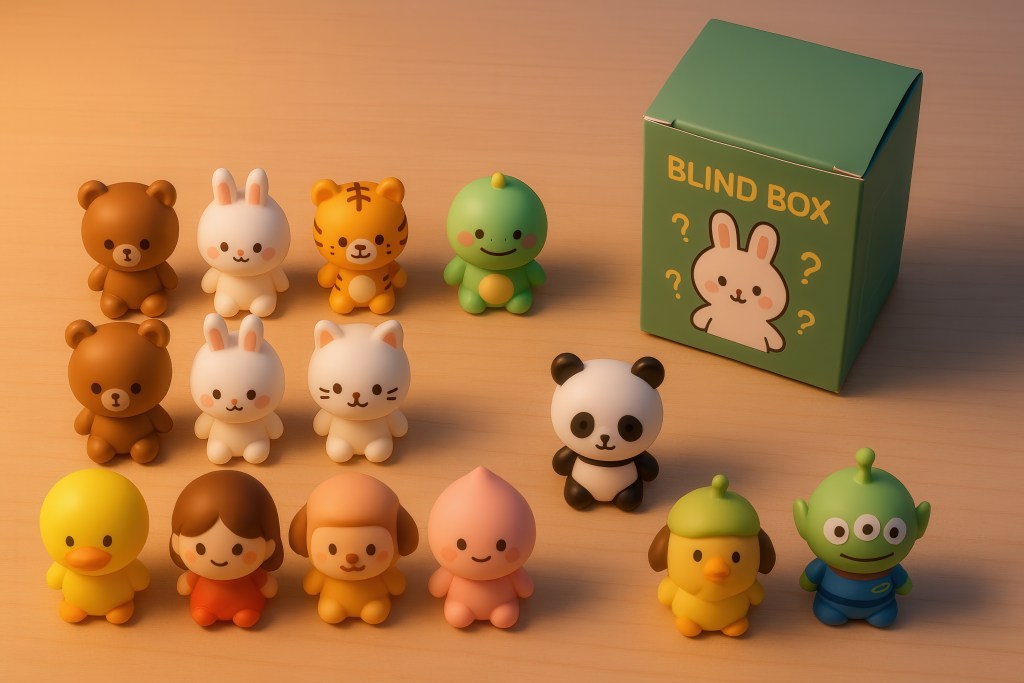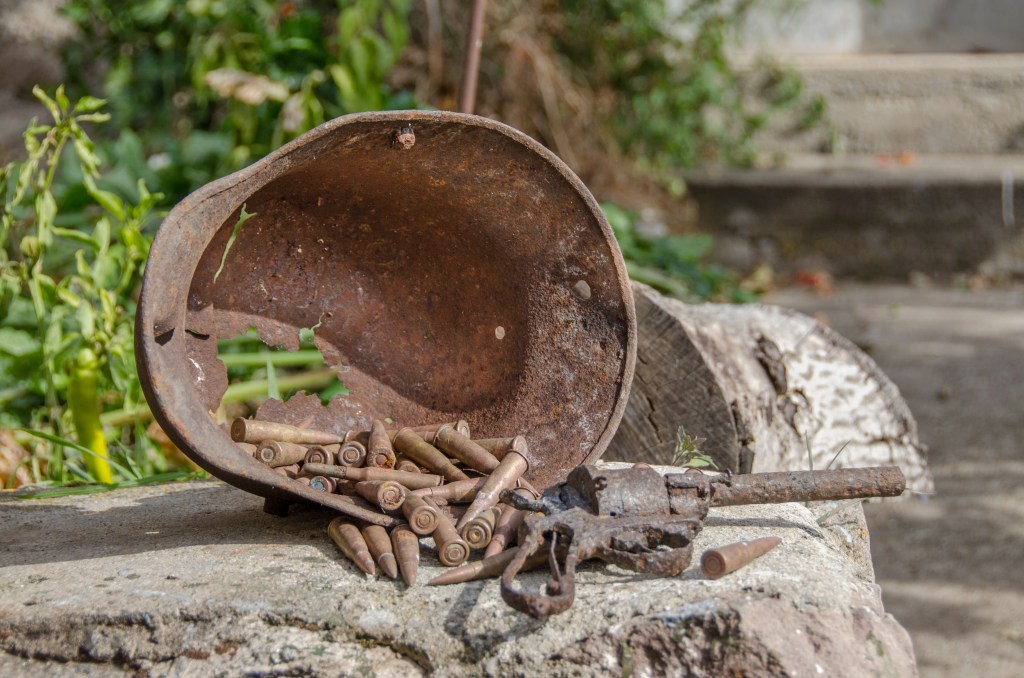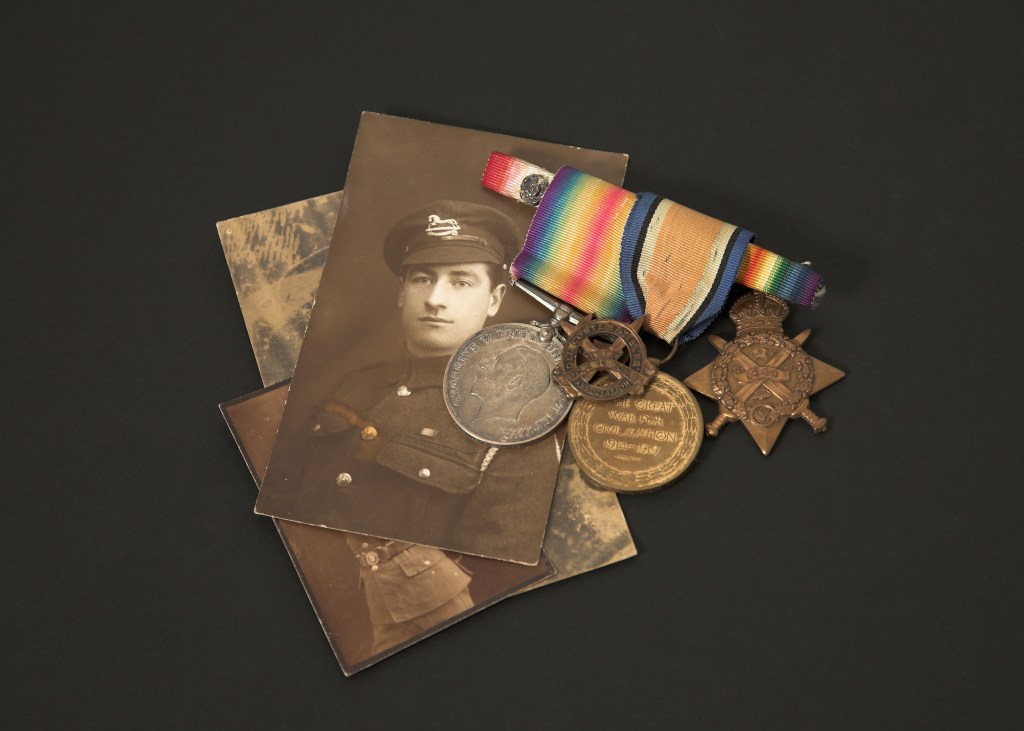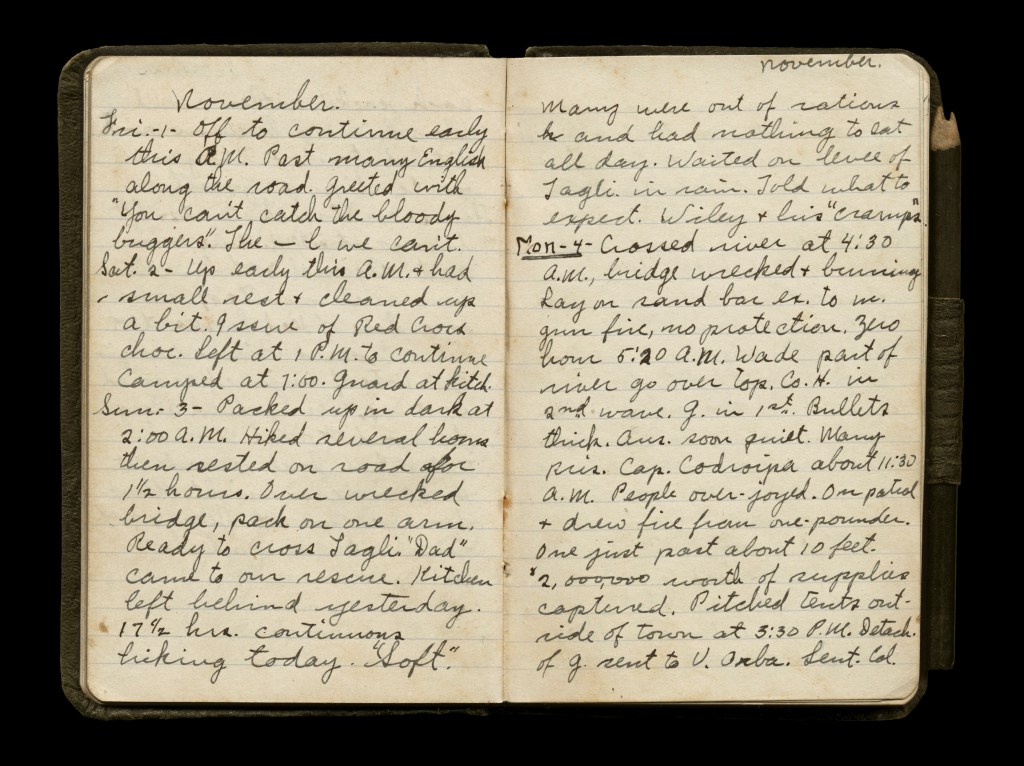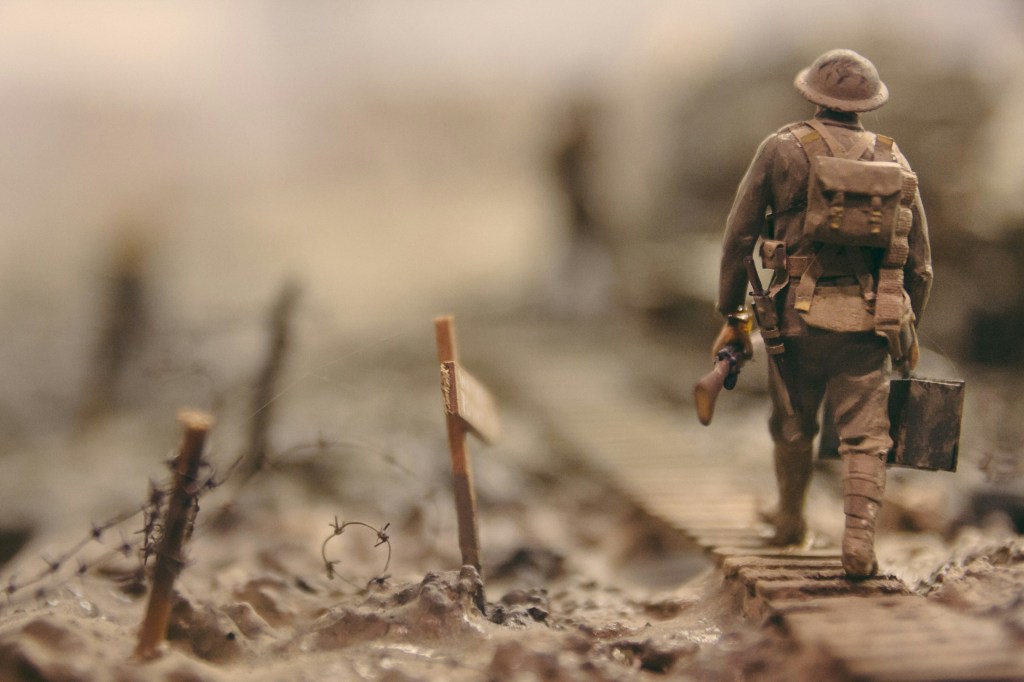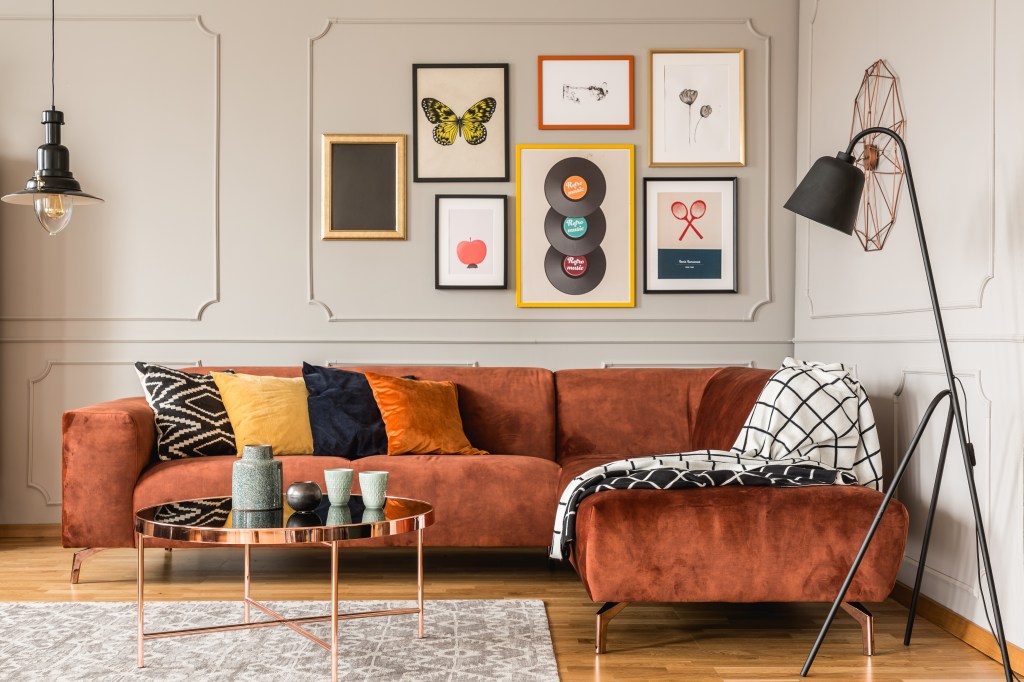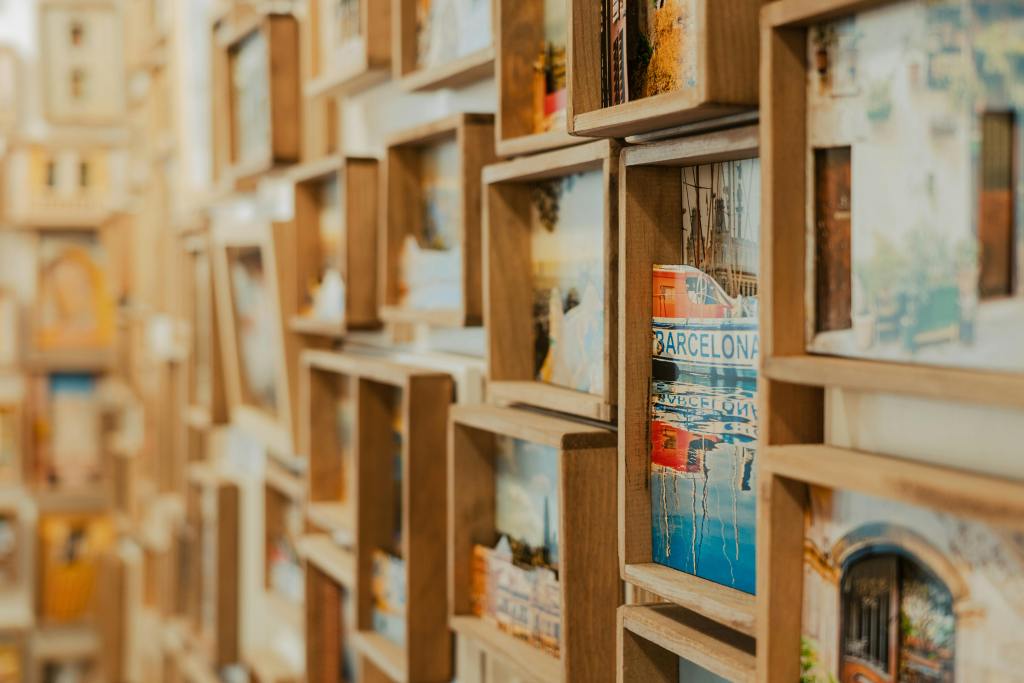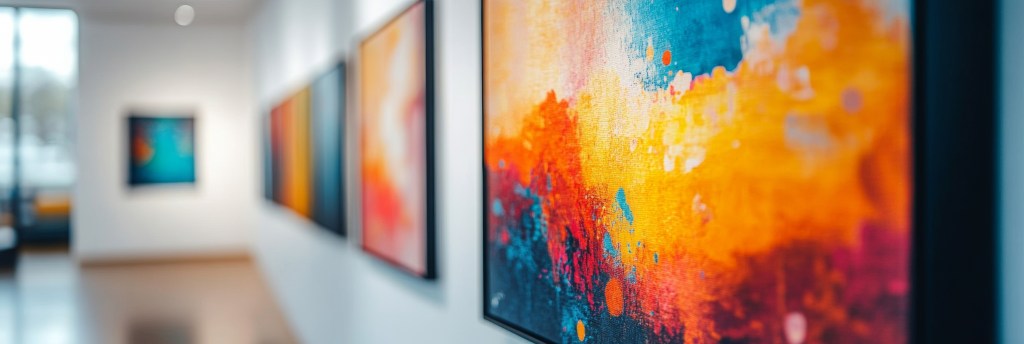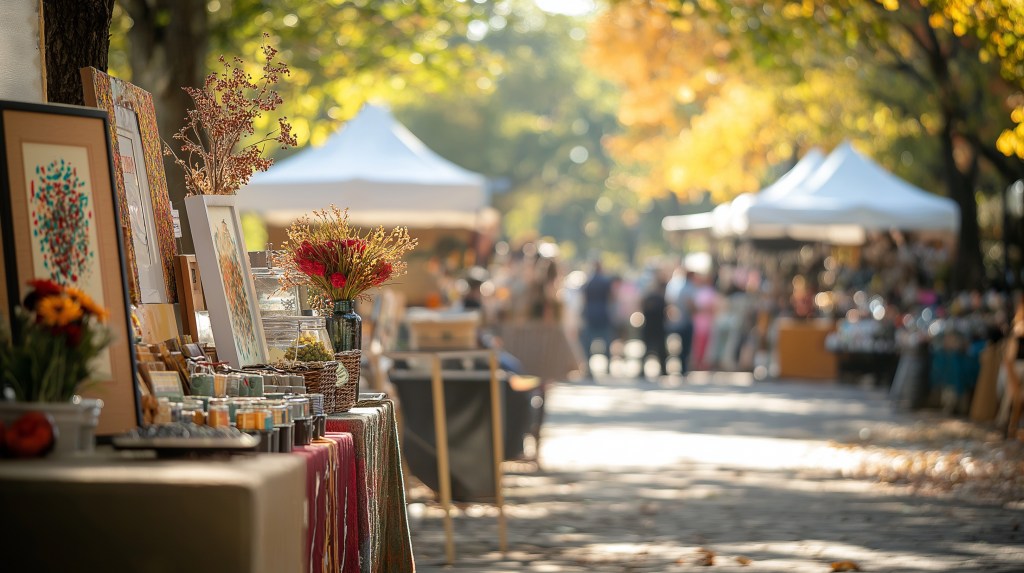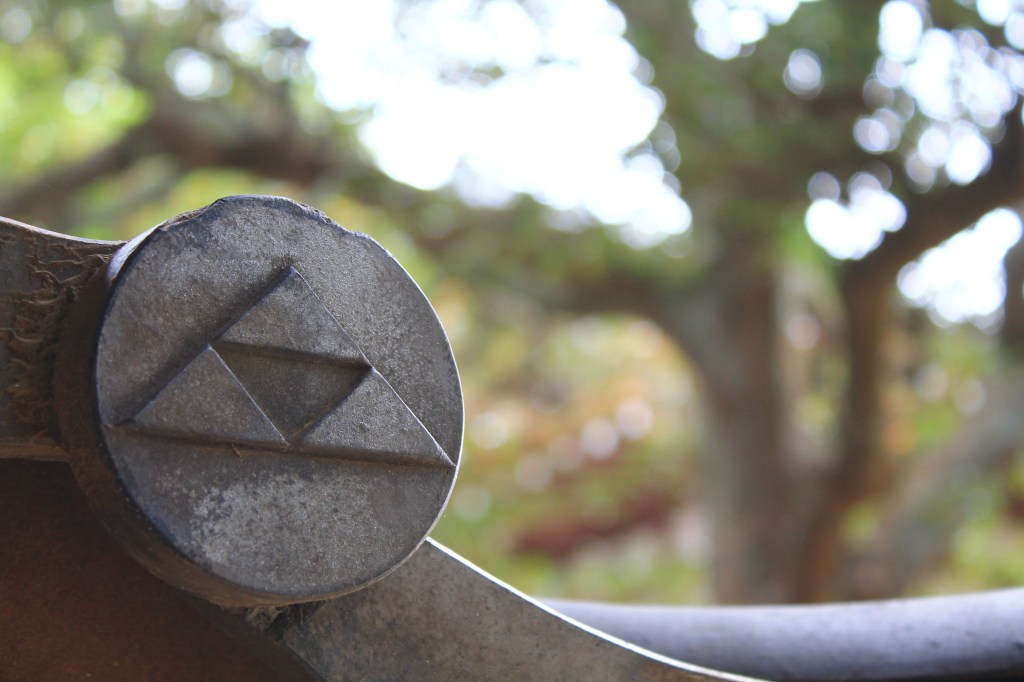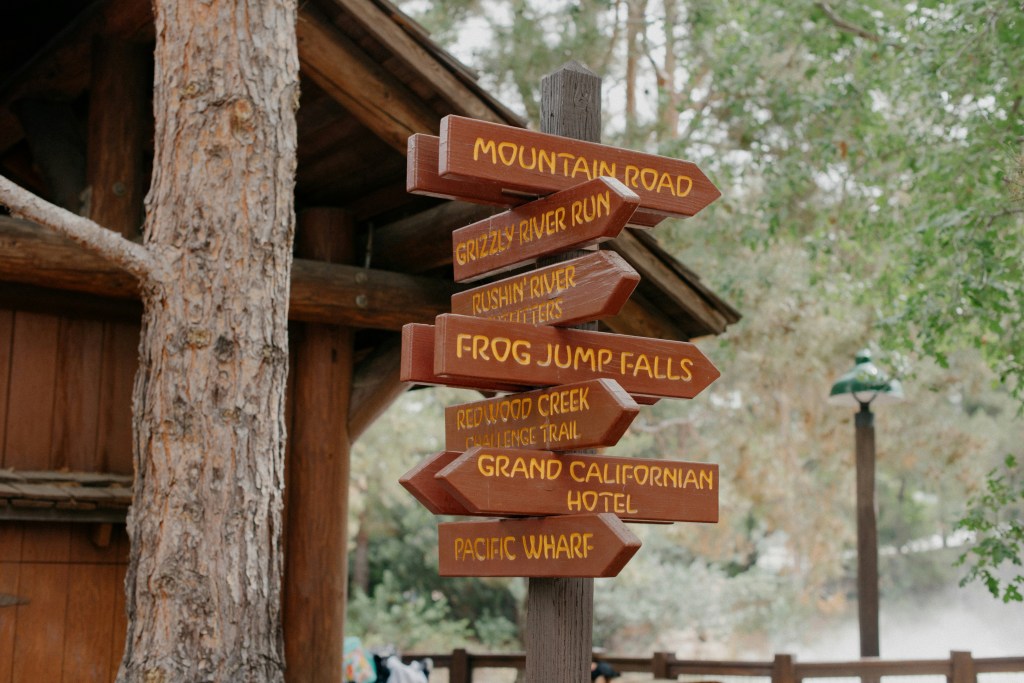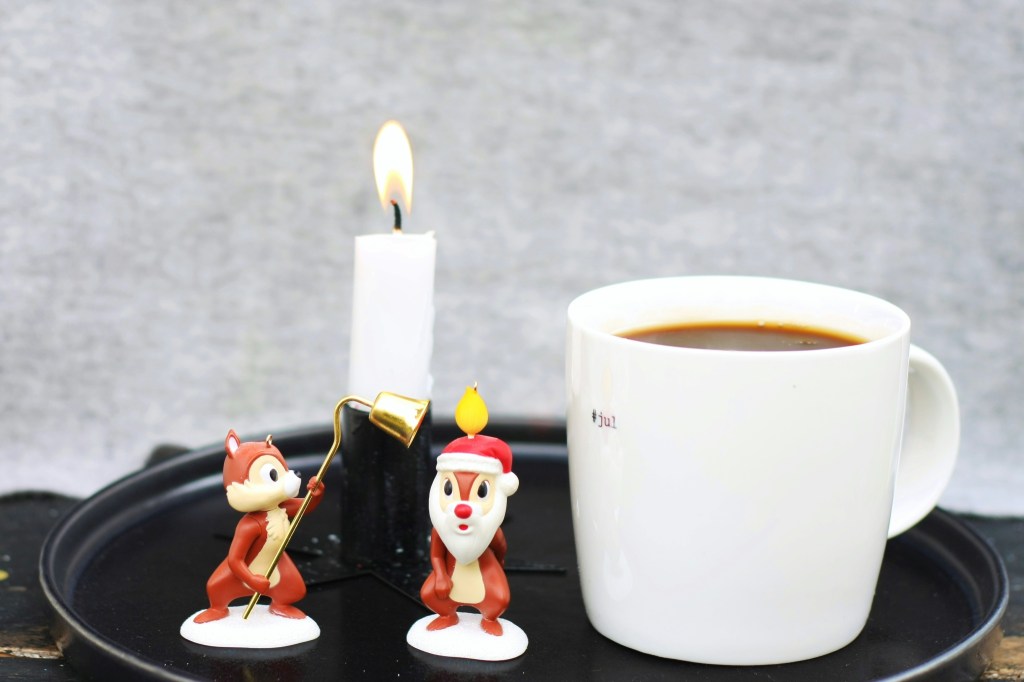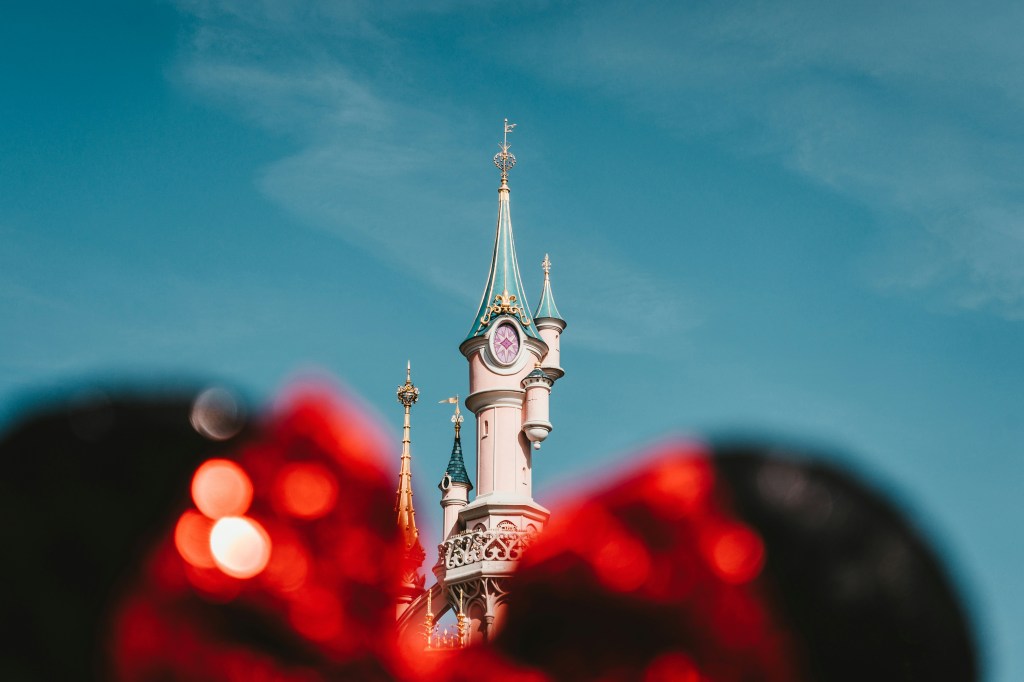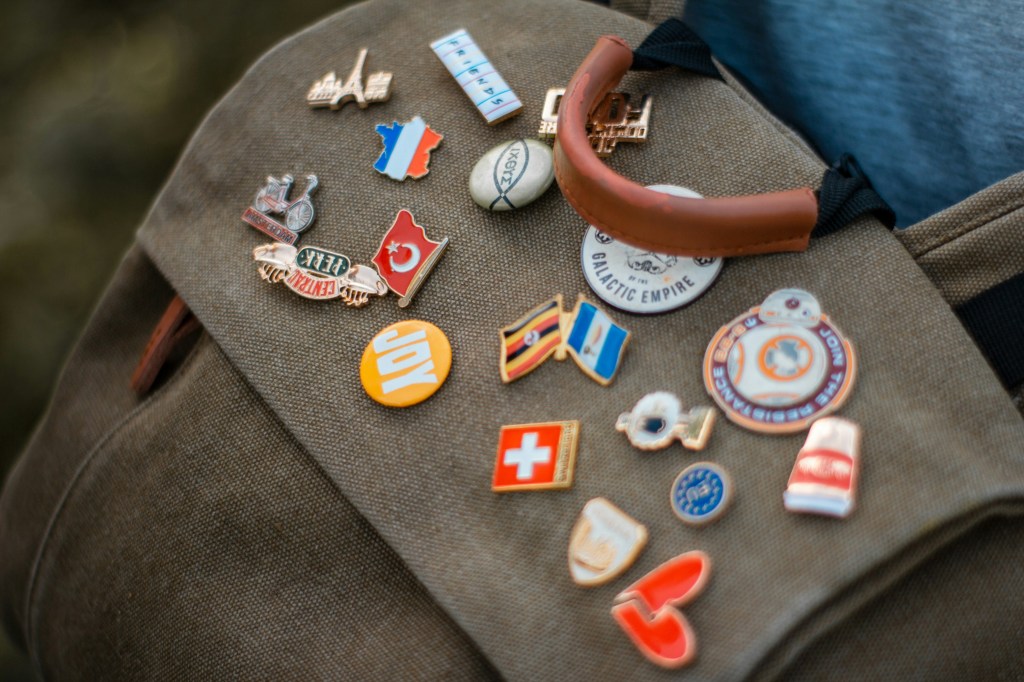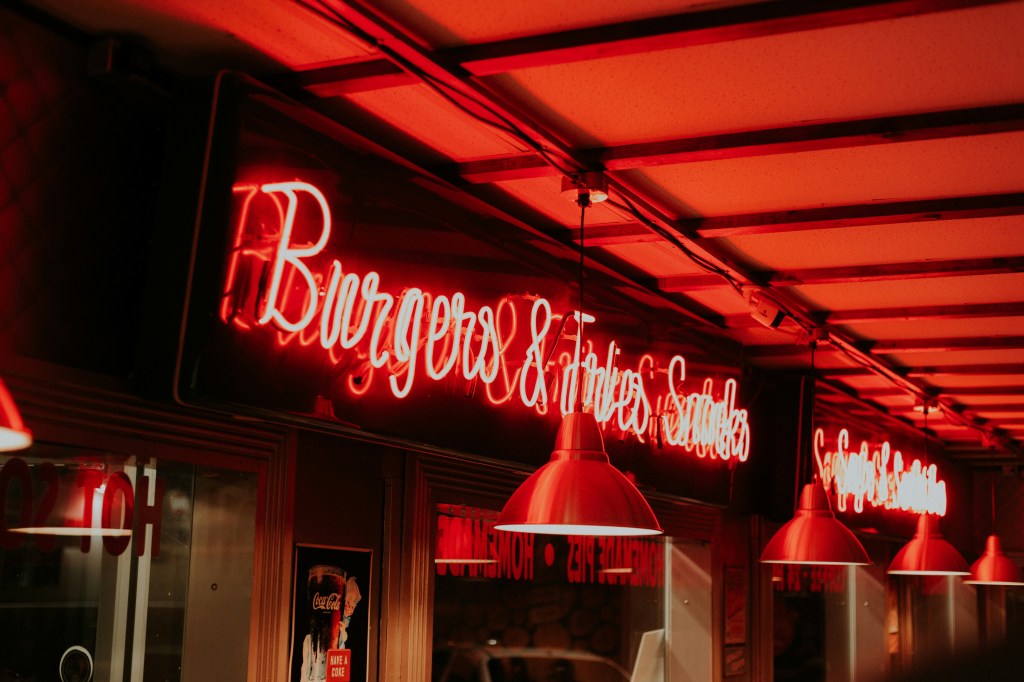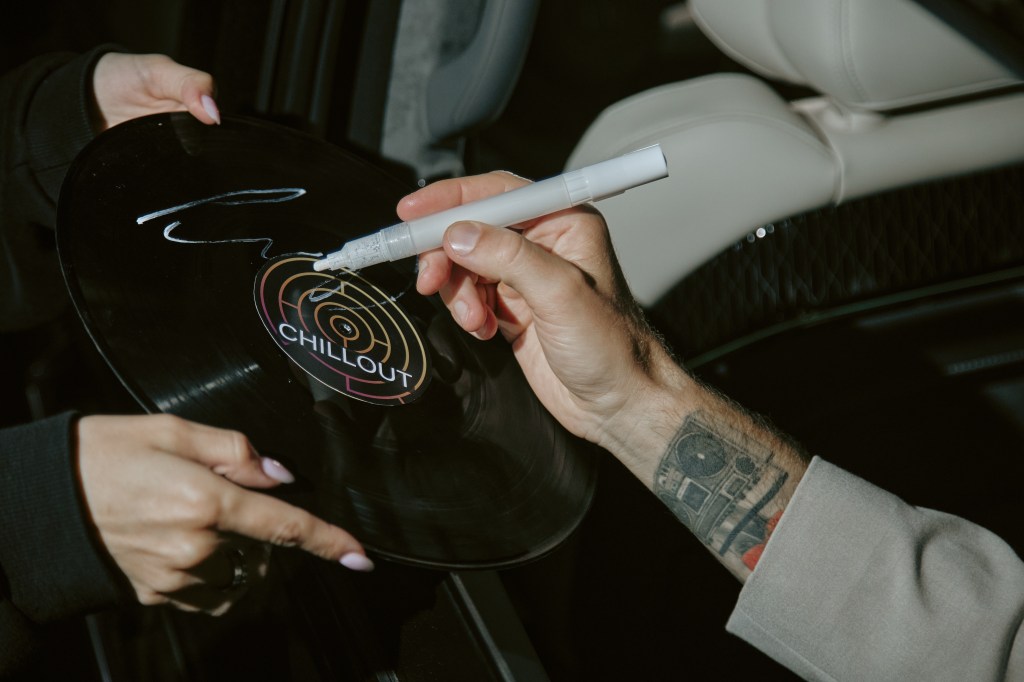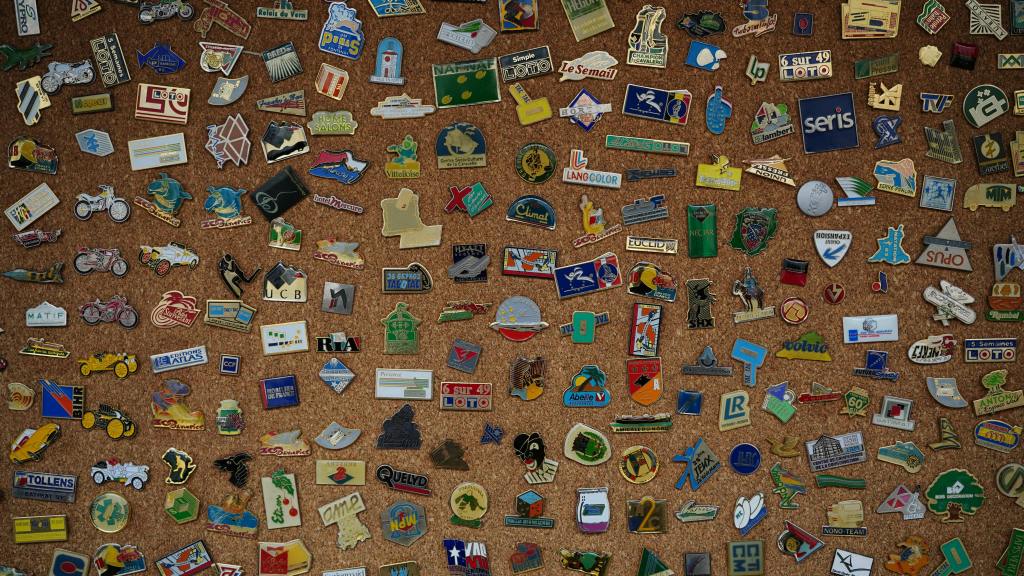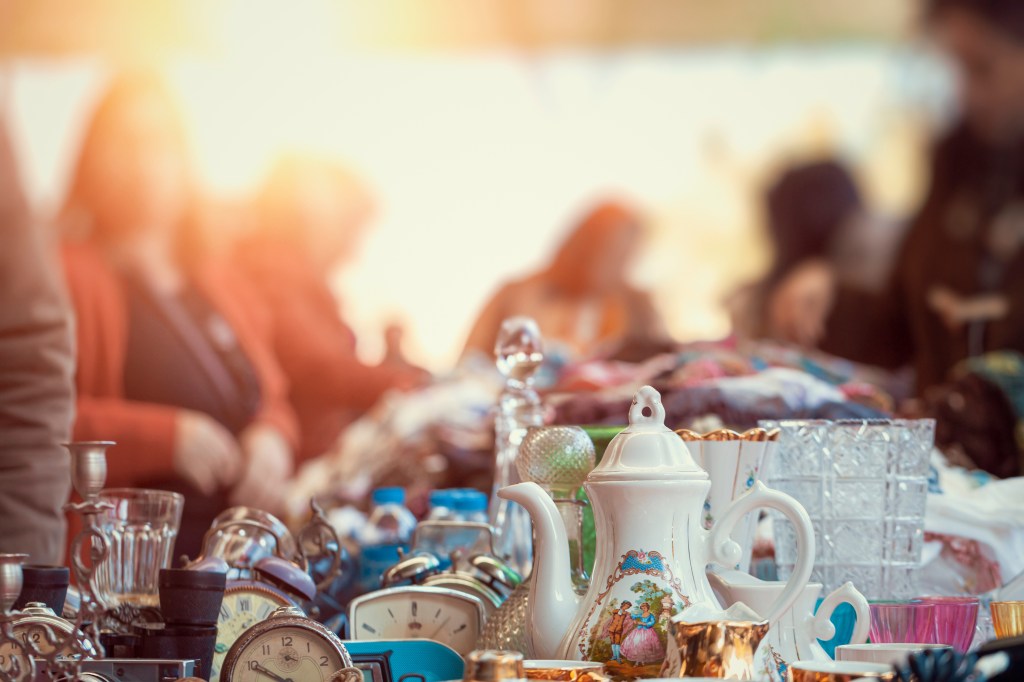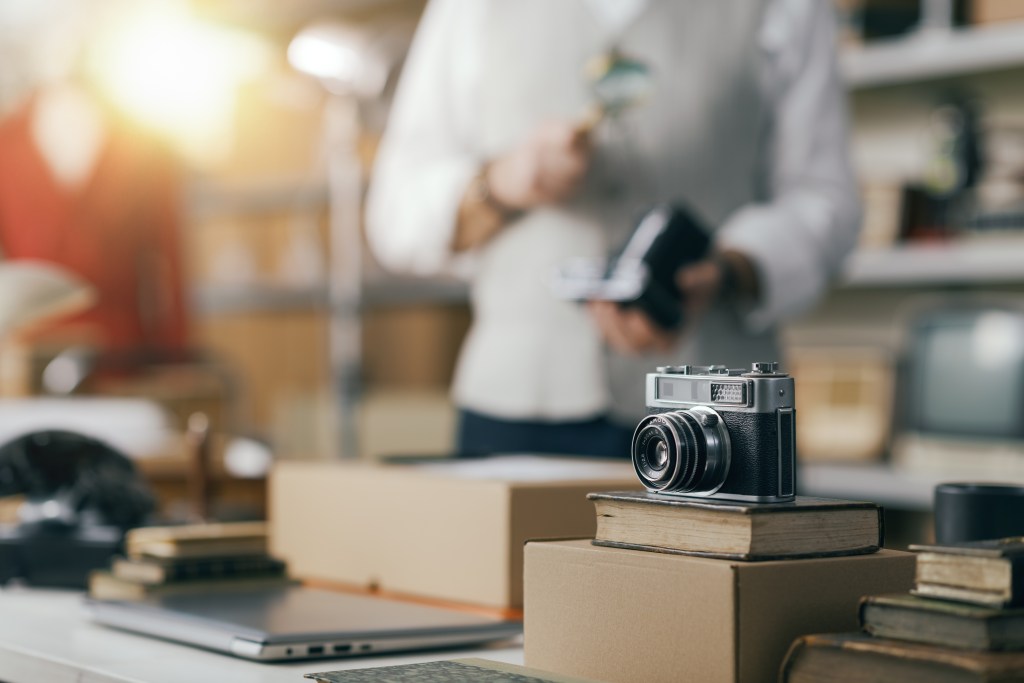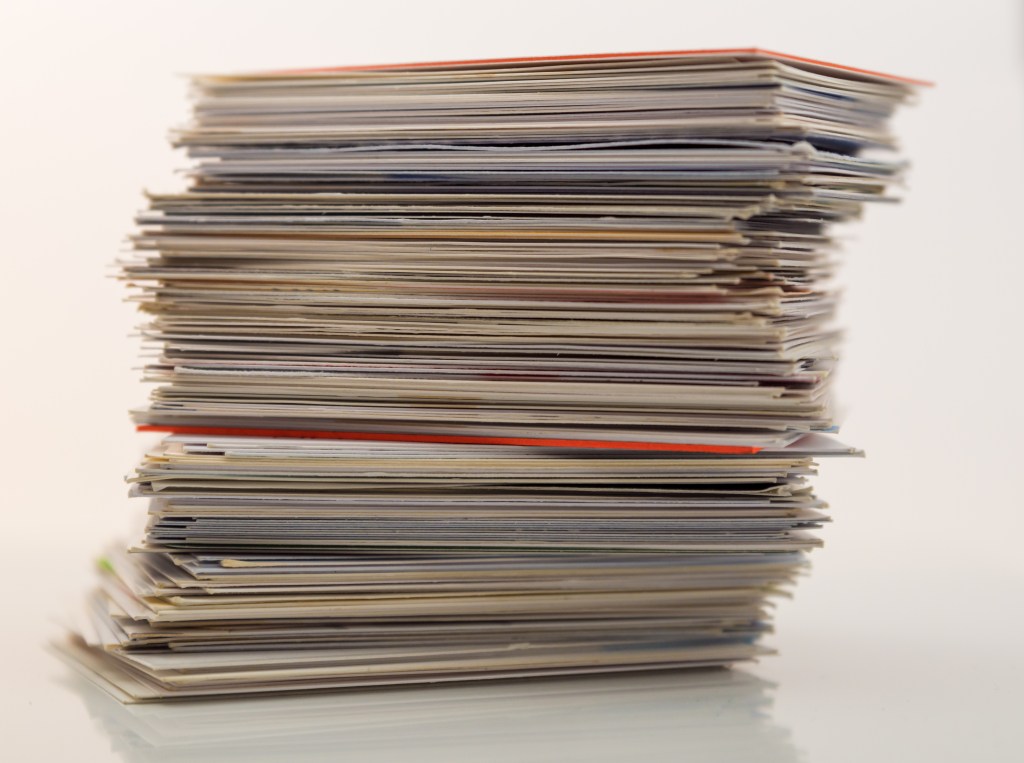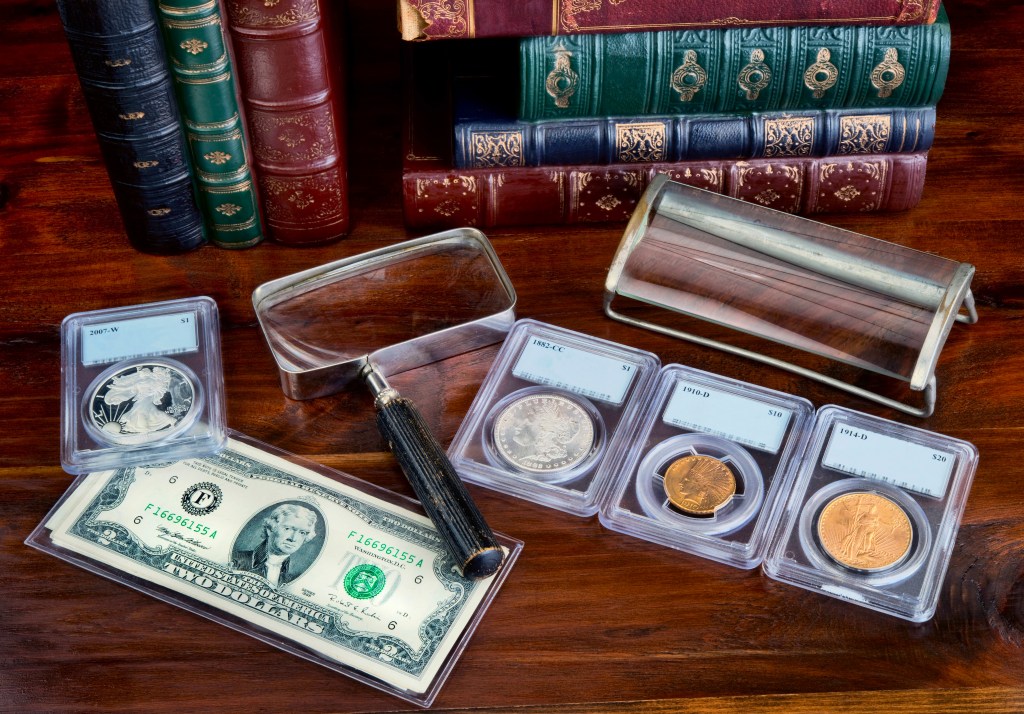Discover unique and valuable crossover collectibles that stand out. Enhance your collection with our expert guide. Read more to find your next treasure!
Crossover Collectibles: What They Are and Why They’re Booming
The term “crossover” in collecting refers to items that appeal to diverse collector audiences, enhancing their allure and value. For example, consider sports memorabilia that holds cultural significance, coins that capture the imagination of pop culture enthusiasts, or ephemera that also reflect noteworthy design history. These items generate interest from multiple groups, resulting in a more robust and enduring demand. Crossover collectibles blur the lines between different antiques, making them intriguing to a diverse range of collectors.
Why Cross-Category Appeal Lifts Prices
Items that sit at the intersection of hobbies often benefit from layered narratives that enhance their appeal and draw in readers. These narratives can encompass historical relevance, aesthetic interest, and connections to celebrities or well-known brands.
Valuation
The value of crossover collectibles is derived from their historical significance, aesthetic interests, and connections to popular figures or events. These items blend different types of hobbies, allowing them to tap into multiple buyer bases and interests. This intersection enhances their overall valuation, as collectors are often willing to pay a premium for items that offer more than a singular appeal.
Scarcity and demand
Crossover collectibles can exhibit unique dynamics related to scarcity and demand. As they intersect various interests, they often experience a ripple effect where support from multiple audiences can help sustain their worth. Data suggests that when one market cools, another audience may keep demand alive, which is why these crossover pieces frequently outperform look-alike items that cater to only a single buyer base.
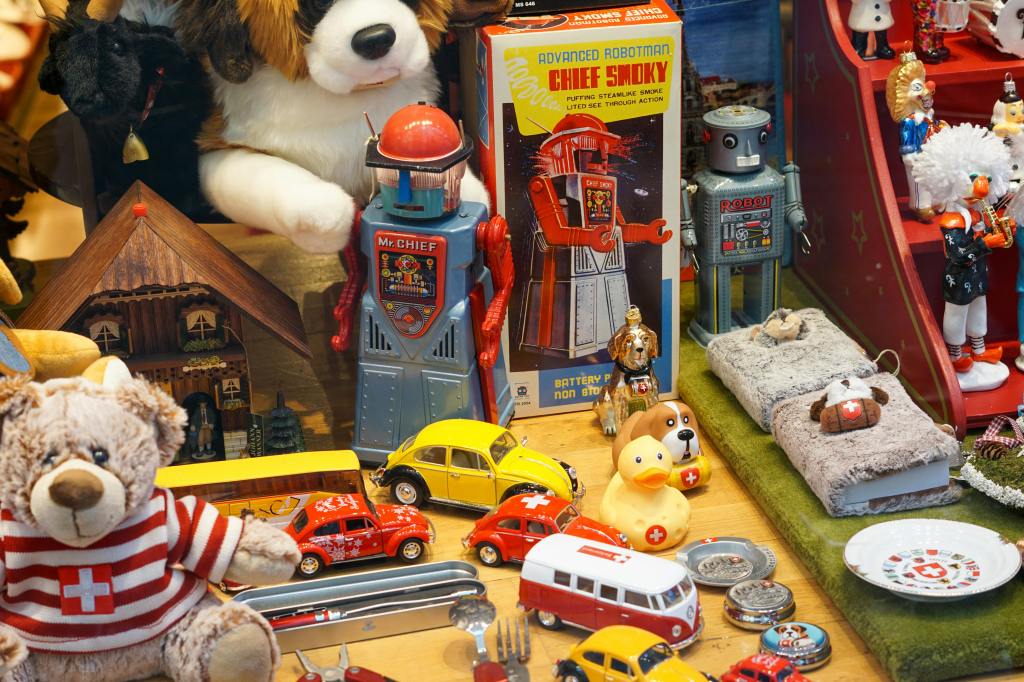
Multi-Sport Trading Cards: When Athletes Bridge Sports
A select group of dual-sport athletes owns valuable trading cards that appeal to various collector communities. Key factors influencing the desirability of these cards include rookie designations, short prints, and unique league-specific licenses.
When assessing multi-sport trading cards, collectors should prioritize rookie cards, limited editions, and specific league licensing quirks. The value of these cards often hinges on the athlete’s historical significance, accolades, and rarity.
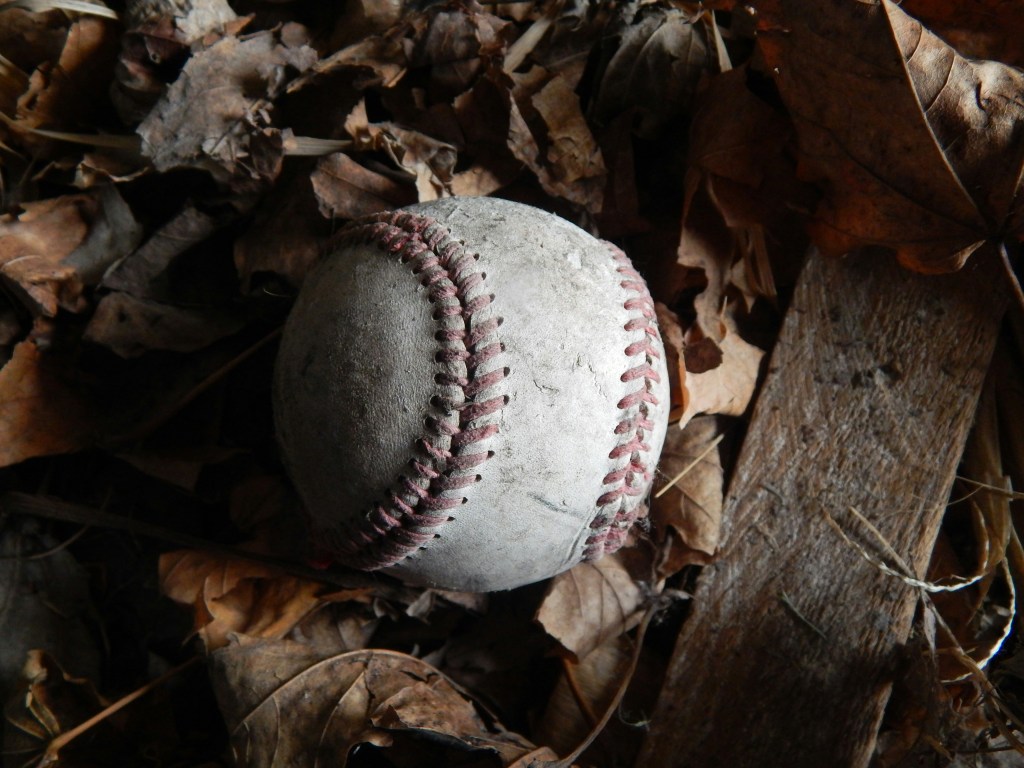
Coins, Tokens, and Medals With Pop-Culture Pull
Crossover numismatics blend coin design with significant cultural milestones, notable figures, and events, appealing to both coin collectors and pop-culture enthusiasts.
These currency items commemorate anniversaries and historical occasions while showcasing prominent individuals, making them attractive to a broad audience. Their success stems from combining artistic quality with recognizable subjects, captivating a diverse range of collectors, including coin specialists, history buffs, and pop culture fans. This phenomenon illustrates the evolving nature of collecting.
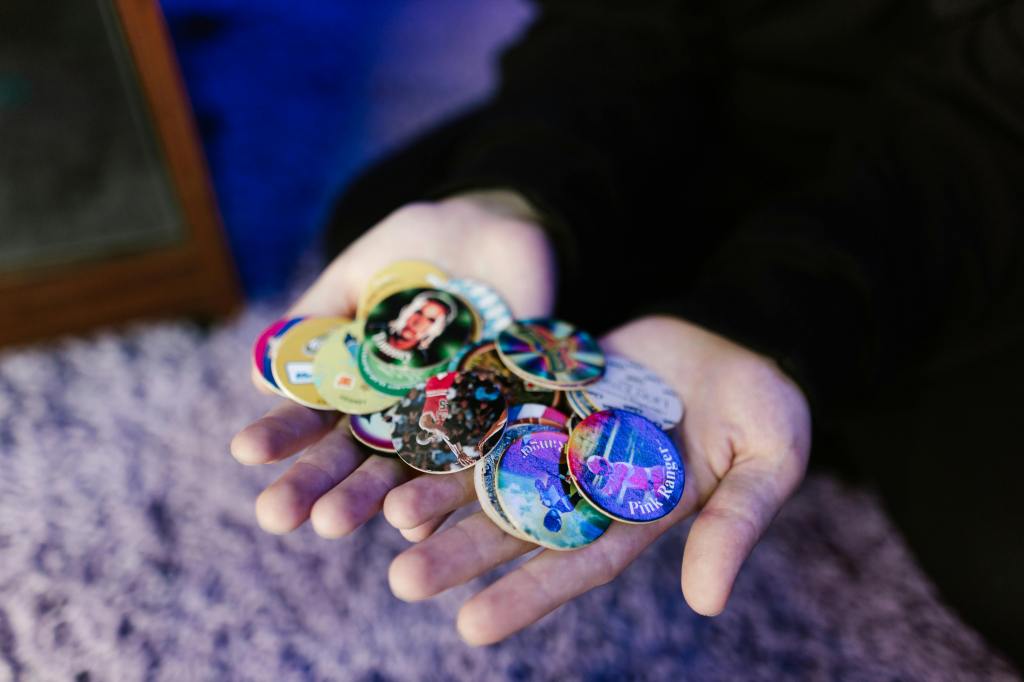
Historic Newspapers as Crossover Centerpieces
Original newspapers that report on significant events attract a diverse audience, including history buffs, design enthusiasts, and collectors of various interests, such as sports and pop culture. These historic newspapers offer a tangible connection to the past and provide valuable insights into the cultural shifts of the time.
Key factors influencing their desirability include the publication date, headline prominence, overall condition, and the reputation of the regional press. Complete issues that retain their intact sections are particularly valuable, offering a comprehensive view of historical contexts. Newspapers from before the twentieth century are especially sought after due to their scarcity, and those in good condition typically command higher prices in the collectibles market, highlighting the importance of preservation for collectors.

Ephemera and Fashion: Purses, Ads, and Design History
Vintage purses, packaging, and advertising represent a unique blend of fashion, industrial design, and social history. These items not only capture the aesthetics of their eras but also reflect the lifestyle choices of the time.
Ephemera, art, and design
Ephemera items, such as vintage purses, appeal to fashion enthusiasts and collectors, as each piece tells a story about its design, textiles, and the popular styles of the era. Advertising and packaging play a significant role, showcasing graphic design trends and economic conditions while highlighting technological advancements in the fashion industry.
When exploring vintage items, look for authenticity markers such as maker’s marks, materials, and period typography to establish their historical context.
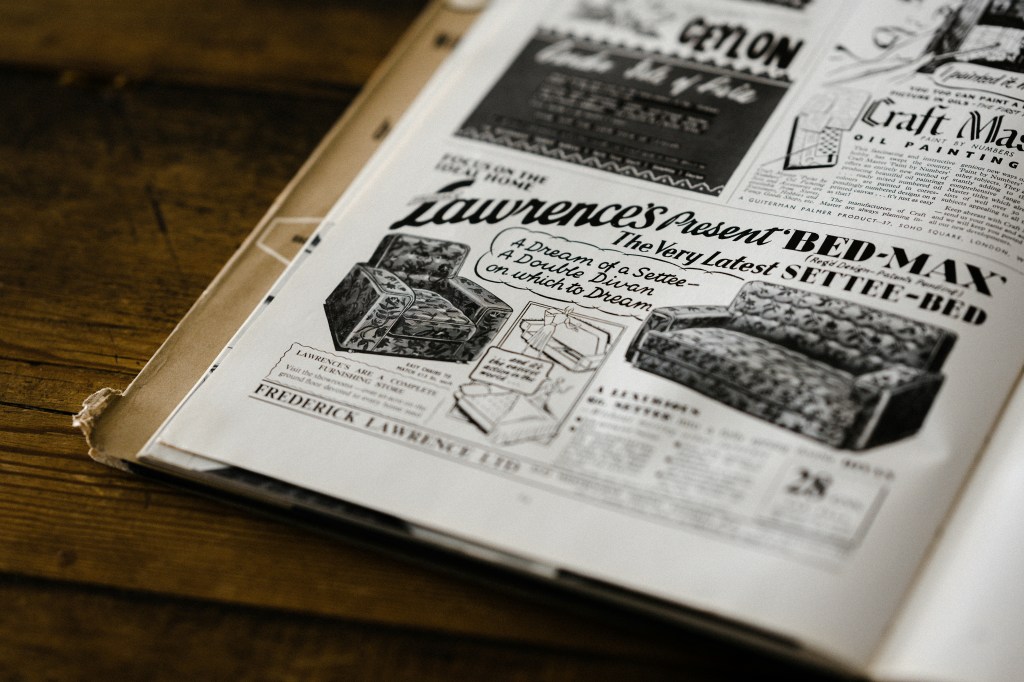
Where to Source Crossover Pieces
Successful sourcing involves a mix of broad scanning and targeted approaches. It includes checking general auctions and shows for unexpected finds, as well as exploring specialist dealers. Monitoring estate sales and regional markets can uncover hidden gems.
In-person opportunities, such as auctions, shows, estate sales, and thrift stores, provide valuable avenues for treasure hunting and connecting with fellow collectors. Antique stores and even estate sales are great sources for high-end pieces; however, prices can vary dramatically.
Online sourcing is another option, with platforms like eBay, Etsy, and Facebook Marketplace allowing collectors to curate searches. These sites help you filter by maximum price to stay within budget and access a broader range of items without location constraints. Just be sure to review the pictures and read the terms and logistics listed in the seller’s description.

Evaluating Value: Rarity, Condition, and Audience Size
When evaluating the value of collectibles, three key factors are crucial: scarcity, condition, and demand.
Scarcity refers to the rarity of an item; rarer items typically have higher values. Condition also affects worth; even a rare piece in poor condition may not fetch a high price, so well-preserved items are generally preferred. Demand reflects the interest from buyers—rare items in good condition attract more collectors, increasing their market value.
To accurately assess a collectible’s value, thorough research is essential, including online searches and visits to museums to understand current market trends. This research helps collectors make informed decisions about their collections.
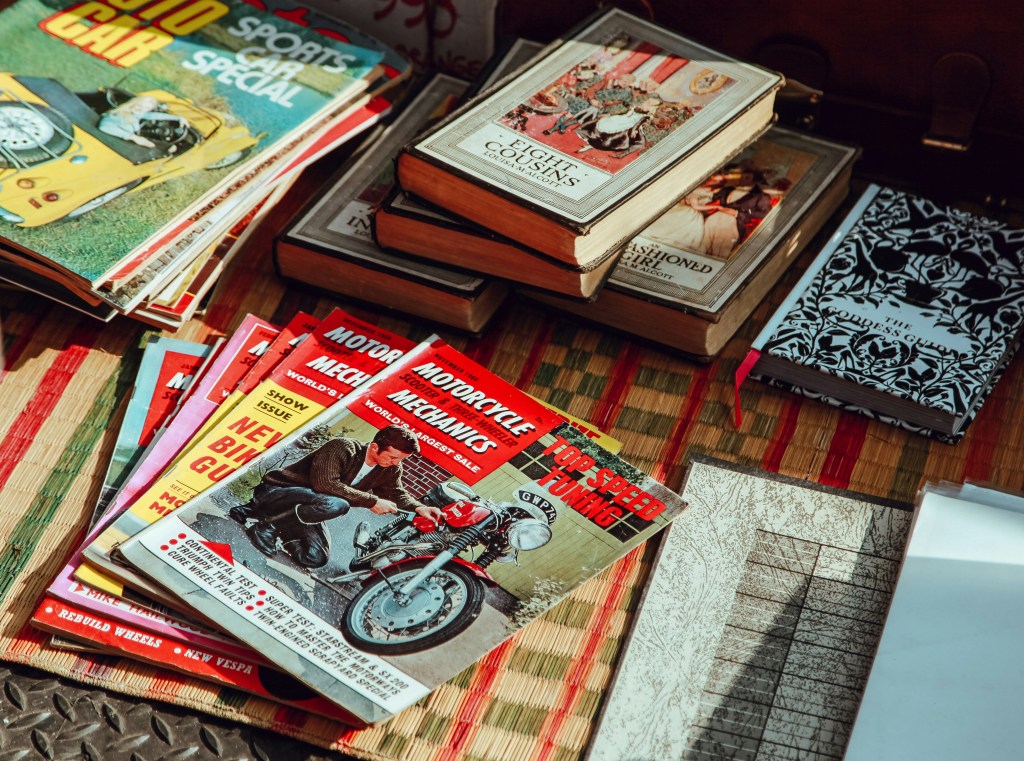
Authenticating Across Categories: Checklists, Experts, and Red Flags
Crossovers in collectibles often attract newcomers from diverse hobbies, but this increased interest can also lead to a rise in counterfeit items. For both seasoned collectors and those just beginning their journey, understanding how to authenticate items is crucial. It’s essential to navigate the world of collectibles with caution, especially when provenance is unclear.
Authentication
Authenticating collectibles involves more than just a cursory glance. It requires a thorough examination using established checklists that highlight important verification signifiers. Key elements to check include maker’s marks, the materials used, signatures, and details that align with the item’s period.
Consulting experts
When uncertainty arises, particularly concerning signatures, medals, and period ephemera, seeking the guidance of subject-matter experts becomes invaluable. Experts can offer nuanced insights that may not be readily apparent to novice collectors. Their expertise is particularly beneficial when dealing with these items, where provenance plays a crucial role in determining authenticity.
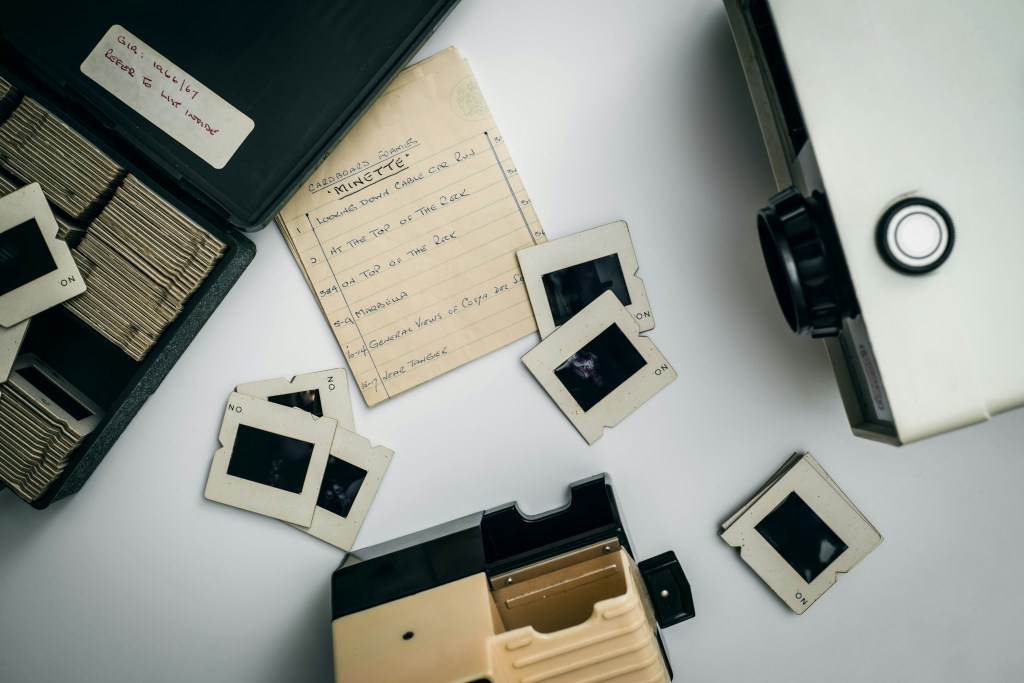
Cataloging and Display: Build a Cohesive Story From Mixed Media
To create a captivating display, it is essential to unify different materials with a coherent narrative. Arranging items by theme, timeline, or subject allows viewers to understand the relationship between the pieces and why they belong together. This thoughtful organization helps to enhance the storytelling aspect of your collection, making it more engaging for those who explore it.
Cataloguing methods
Effective cataloguing is vital when building and maintaining a collection. Begin by keeping a comprehensive list of your items, tracking each piece as you acquire new ones. A spreadsheet is highly recommended for this purpose, as it enables the documentation of essential details, including the item’s description, value, purchase price, acquisition date, source of purchase, and storage information (whether at your property or a storage facility). Additionally, maintaining photographs of your collection, along with both physical and digital copies of invoices, receipts, and any relevant documentation, ensures you have a complete record of your collection for future reference.
Display tips
When displaying your collection, focus on the narrative of the arrangement, such as by theme, timeline, or subject matter. This approach not only makes the display visually appealing but also facilitates a better understanding of the collection’s context. Consistent labeling is crucial for readability and to guide viewers through the narrative. To preserve the items and maintain a polished look, utilize discreet stands, archival sleeves, or mounts that help protect your pieces while also showcasing them effectively.
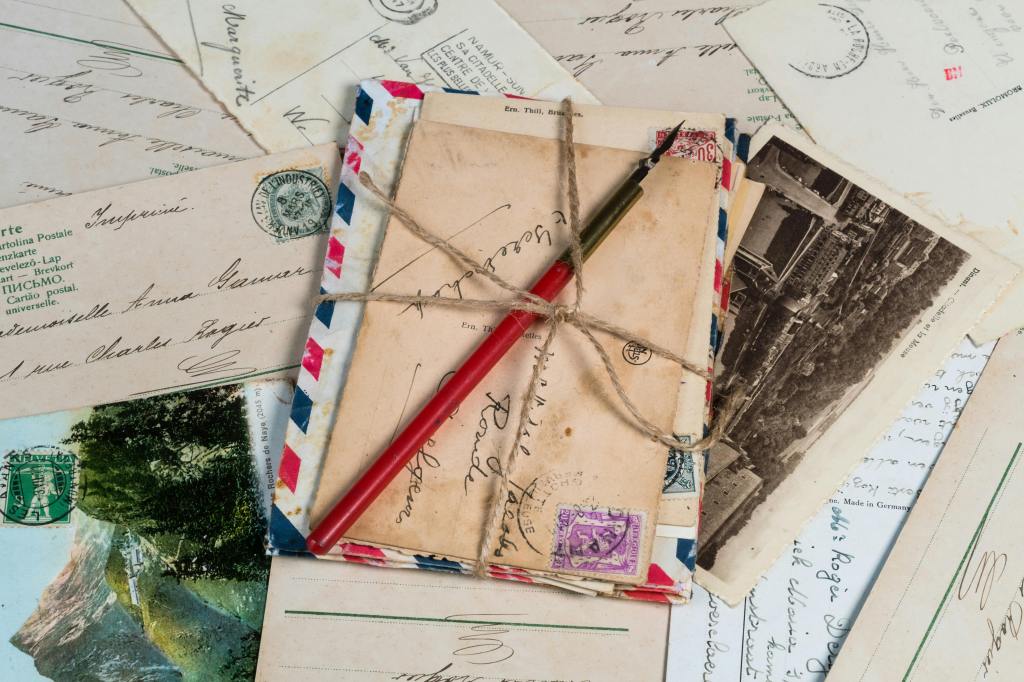
Buying and Selling Strategy: Timing Drops, Bundles, and Lots
To effectively engage in crossover auctions, it’s crucial to track seasonal demand and media cycles. Themed auctions or relevant anniversaries can significantly expand your bidder base, drawing in those who may not typically participate but feel a connection to a specific theme or event. Staying informed about these trends can help both buyers and sellers make strategic decisions, positioning themselves advantageously in the market.
Buying strategies
When buying crossover items, keep an eye on auction sites, noting the timing of drops and emerging trends. Don’t overlook unlikely sources; regional markets, antique stores, and even flea markets can hide hidden gems. Always assess the specific condition of items; while a piece may be desirable, its condition can affect its overall value. If the item is not in the best shape, weigh that against your desire to own it, considering any other factors that may impact its worth.
Selling techniques
For those looking to sell, consider curated lots that pair relevant items, such as a star’s newspaper headline alongside their trading card. Tracking seasonal demand and media cycles is just as essential for sellers; this knowledge can inform the timing and nature of your auctions. Organizing themed auctions or commemorating anniversaries can further broaden your audience. Additionally, be responsive to inquiries to build trust with potential buyers. A delay in response can negatively affect your reviews. Ensure that you present your items clearly, using high-quality pictures, to give prospects a clear view of what they can expect.

Care for Mixed Materials: Paper, Metal, Fabric, and Plastics
Different materials age at different rates, requiring specific preservation methods. For instance, paper is sensitive to light and humidity, which can lead to deterioration, while metals require dry, stable air to prevent rust and corrosion. Fabrics benefit from breathable storage, and plastics should be stored in cool, dust-free environments to prevent degradation.
When storing mixed media collections, focus on the most fragile components rather than the sturdiest. Tailoring storage conditions to the needs of each material helps preserve the entire piece. Additionally, effective cataloging and taxonomy enhance care by documenting materials and their specific requirements, ensuring collections remain intact for future generations.
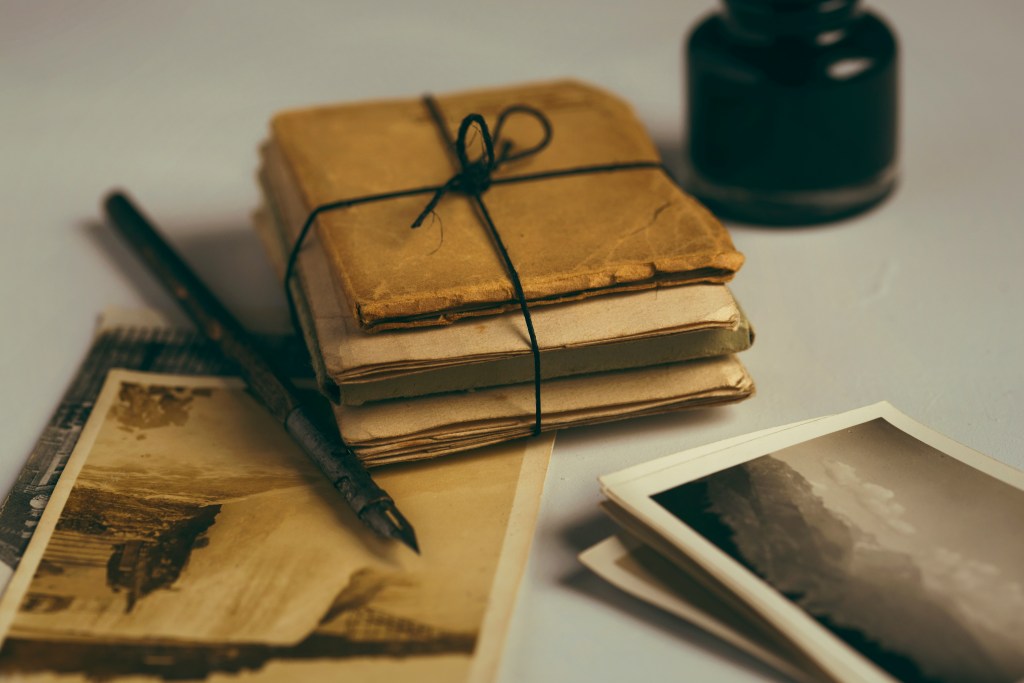
Build Your Network: Communities, Fairs, and Specialty Platforms
Cross-collecting is enriched by the shared knowledge of its community members, who exchange vital information, such as release calendars, authentication strategies, and local sourcing leads. Engaging with groups that align with your interests allows you to gain insights into how others frame themes, price hybrids, and discover hidden gems before they gain traction in mainstream markets. By connecting with collector communities, you can enhance your understanding of trend spotting in crossover markets and refine your strategies for sourcing unique crossover collectibles.
Sources
https://www.pcgs.com/news/why-numismatists-should-embrace-crossover-collectibles
https://www.theprofitbox.co.uk/blog/how-to-profit-from-crossover-collectibles/
https://www.antique67.com/articles.php?article=95
https://www.arenaclub.com/blog/crossover-collecting-athletes-who-have-valuable-cards-in-multiple-sports
https://wvpanoply.blogspot.com/2015/03/crossover-collectible-purse-ephemera.html
https://blog.rarenewspapers.com/historic-newspapers-the-crossover-collectible/
https://www.endless-storage.com/blog-posts/how-to-store-artwork
https://www.sciencedirect.com/science/article/abs/pii/S0167624517301257
https://www.rarenewspapers.com/
https://ownersoasis.com/media/are-old-newspapers-worth-any-money
